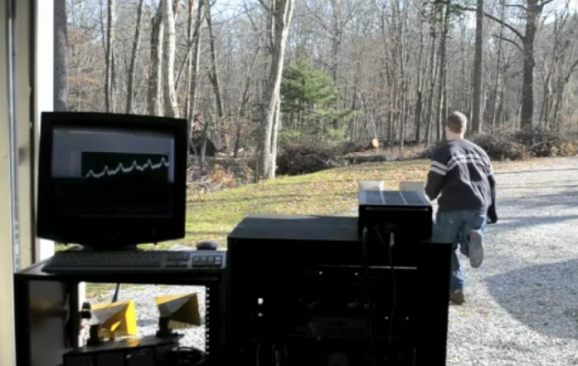
One of the most popular ways of turning an object trapped inside the world of a computer into a real, metal object is the art of lost wax, or lost foam casting. In this process, a full-scale model of the object to be made in metal is crafted in either foam or wax, placed in a pile of sand, and burned away by molten metal.
[ptflea] over at the Bamberg, Germany hackerspace Backspace came up with a very clever build that automatically cuts foam into the desired shape, ready to be taken out to the backyard foundry. The build is based around an old flatbed scanner and a hot wire cutter. The old scanner conveniently had an equal number of steps per axis, so attaching an Adafruit motor shield and replacing the old control electronics was just an issue of finding the correct resistors.
Software control is provided by a Processing app [ptflea] whipped up and is able to carefully cut very delicate shapes that even the steadiest hand would have trouble with.
Making stuff out of styrofoam is cool and all, but the real goal for this project was setting things on fire and melting old heatsinks. The styrofoam molds were placed in a bucket full of sand, and the furnace – a few ytong bricks, a crucible, and a propane burner – started to melt some aluminum. The molten aluminum was poured onto the mold and after cooling, the makers of Backspace had a few very cool aluminum trinkets.
A nice build that is able to produce some very nice metal objects. We suspect, though, that a higher-density foam (something along the lines of blue or green insulation sheets, if they have those in Germany) could produce an even higher level of detail if you’d like to build your own.
Videos after the break.
Continue reading “Cutting Styrofoam With A CNC Machine And Turning It Into Aluminum” →












